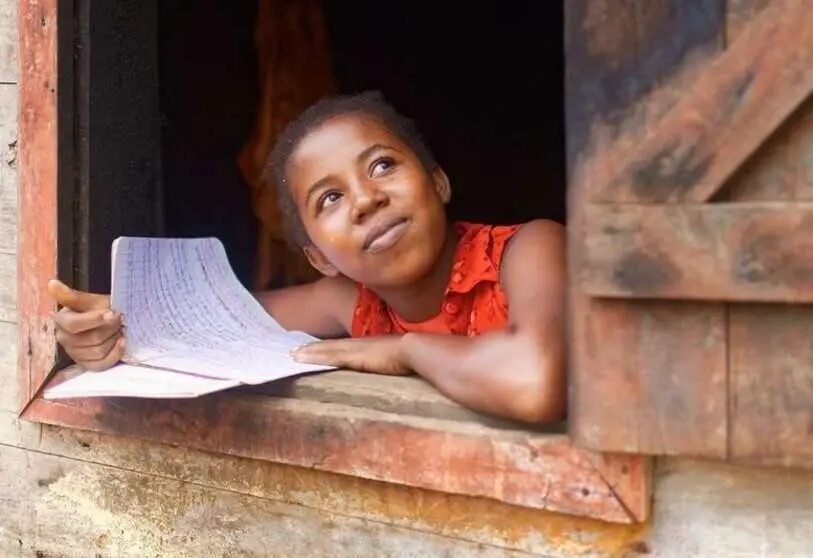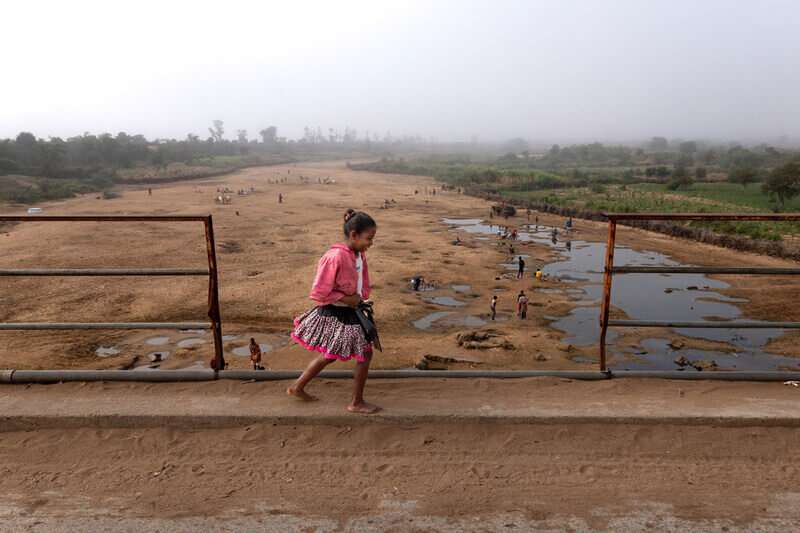Eight trends that will impact children in 2023

A series of interconnected crises are set to have a huge impact on children by 2023. A report by the UN children's agency (UNICEF), released on Monday, details the trends that will shape their lives in the next 12 months.
The war in Ukraine has led to rising food and energy prices, global hunger and inflation, just one example of how the crisis is affecting millions of people around the world, including children, who are mutually affected.
The report Prospects for Children in the Polycrisis: A 2023 Global Outlook also examines a range of other significant areas, from the ongoing impact of the COVID-19 pandemic to internet fragmentation and the climate emergency.
Eight findings contained in the study are discussed below.
The COVID-19 pandemic has highlighted the need for strong global health security and many countries remain at risk. Unfortunately, it is children who are often the most vulnerable, not so much to the virus itself, but to its many impacts.
At the same time, the pandemic has spurred remarkable progress in vaccine development and global health system reforms and, in 2023, it is essential that the world continues to strengthen the health architecture around the world.

Rising inflation has been the economic news of the year and, unsurprisingly, its impact can weigh heavily on families and children. Attempts to curb rising prices can also have serious consequences, including slowing economic growth and reducing employment opportunities, especially for young people.
Government action to extend and protect social benefits cushions the most vulnerable from the consequences of economic austerity.
Food insecurity has been increasing as a result of extreme weather events, bottlenecks in major supply chains and conflicts such as the war in Ukraine.
As prices rise, families around the world are finding it harder to feed their children, and this is likely to continue in 2023.
Making the world's food systems more resilient is one way to mitigate this problem.

For billions of people, rising energy prices are dramatically increasing the cost of living, and the outlook for 2023 is uncertain.
These prospects have prompted increased attention to the transition to clean and sustainable energy sources, with the potential to create new jobs for young people.
However, many of them do not feel prepared for these new careers, so preparing young job seekers with training opportunities needs to be a crucial part of any green energy agenda.
Developing countries face multiple challenges as they try to recover from the pandemic, address the climate crisis and cope with economic stress, but financial support to these countries is not increasing to meet their growing needs.
Without reforms to unlock additional financing for development, resources will be increasingly dispersed and urgent needs will go unmet, and that is bad news for children.
Democracy has been increasingly under threat in recent years, and will remain a challenge in 2023. Political instability can lead to positive social change, but it can also leave the door open to authoritarian leaders.
In 2023, young people are likely to play an even more distinguished role in social movements, whether in climate action, mental health, education or gender equality. Their advocacy will be powerful and contribute to the momentum for change.

In an atmosphere of increasing factionalism, multilateralism becomes more difficult: the number of children in need is now at its highest level since the Second World War, and an antagonistic world is unlikely to lead to positive outcomes for children.
Improved international cooperation is necessary for multilateral organisations to address the challenges facing children: there are still opportunities to set aside tensions, find common ground and prioritise children's well-being.
Technological, commercial and political factors are fragmenting the web into isolated islands of connectivity and governance.
Children are particularly affected, as they rely heavily on the internet for their education and social interactions. In 2023, we are likely to see efforts to promote a free, inclusive and secure internet, and every opportunity must be seized to create a digital future that benefits children.







